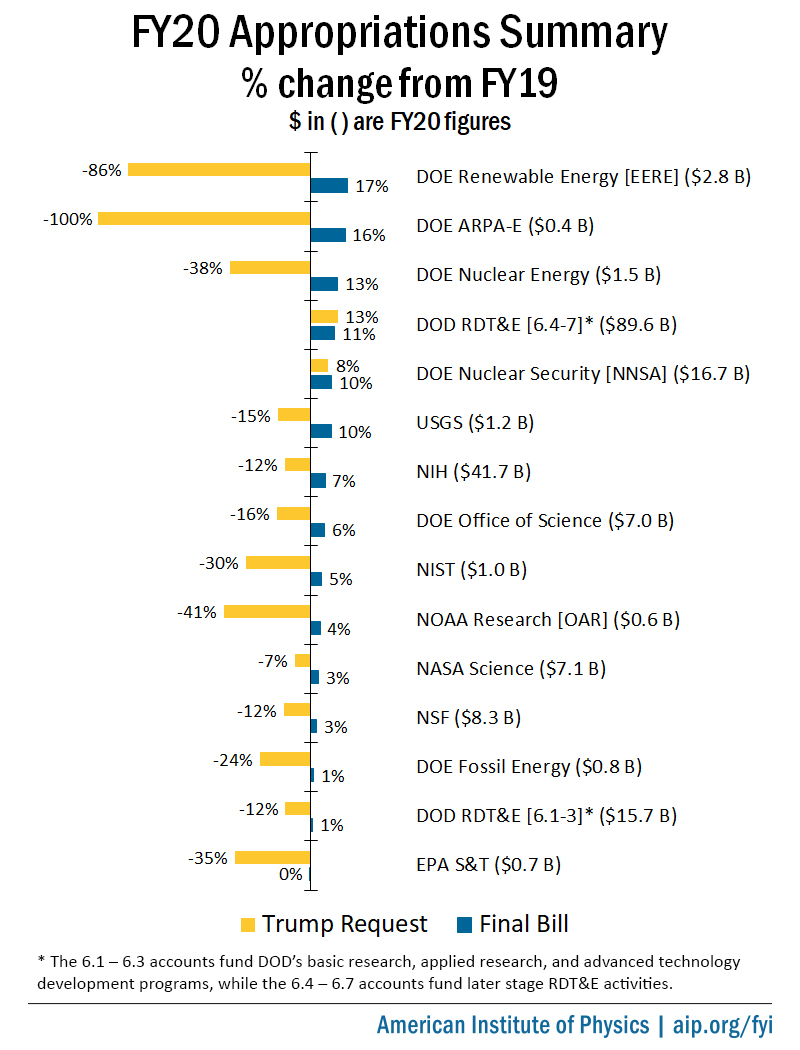I have known several diabetics. They manage their condition by becoming intimately familiar with how their body responds to certain food, how their stomachs hold and release food, and how that translates into rises and drops in blood sugar. Spikes in blood sugar have to be anticipated and mitigated with good planning in the use of insulin. The science community may be about to get a harsh lesson is managing spikes; some members of this community seem due for reminders, since they already should have learned the lesson.
What troubles me is exemplified in an interview with Stanford’s Dean of the Medical School, published in the Stanford Report [1]. Dean Pizzo is asked a series of questions about the stimulus, its impact and its place in the world of normal Congressional budget appropriations. Some of the dean’s responses came off as troubling, and were brought to my attention by a colleague of mine who also routinely participates in science advocacy on Capitol Hill.
Let me put interpretations of the interview in some context. From 1998 to 2003 the federal investment in NIH followed a planned doubling schedule, taking the total budget for NIH from about $16B to about $30B. Then, from 2003 to 2005 the budget was flat (after correcting for inflation). Since 2005, the NIH budget steadily declined by about 10% (again, even after correcting for inflation). During this period, other science budgets also declined but none of them had gone through a doubling. The physical sciences’ budgets had been targeted for doubling (e.g. The American Competitiveness Initiative), but that still has yet to be realized in any form.
I was exposed in the period after 2005 to criticism of the attitude of outspoken individuals within, and funded by, the NIH. As their budget flattened in 2003, then started to decline, criticism was leveled against Congress for failing to support the NIH. The complaints I was exposed to centered on problems where people were hired during the growth period as the doubling money got spent on new projects and new people; as the budget flattened, the story went, new personnel (e.g. young researchers) had to be let go. Planning had assumed growth after the doubling, but instead the budget flattened, then declined. Members of Congress, and their staff, retorted that the NIH knew the doubling would come to an end and counter-criticism was leveled against those who were using job losses, that could have been prevented by planning, to publicly strong-arm Congress into appropriating more money. Both sides have their views on the matter.
Within my own community, the “NIH model” was seen as something to avoid. In anticipation of a possible doubling of the combined NIST, NSF, and DOE-SC budgets particle physics executed a planning strategy as to how the money would be spent in various scenarios. The problem with the kind of behavior seen from vocal scientists connected to NIH is that their kind of complaint can be easily interpreted as an “entitlement attitude”. While there is NO DOUBT that the noble work of the NIH is critical to the health and innovation of this nation and the world, like all other agencies they have to plan for the ups, the flats, and the downs that come with budget territory. I’ve worried about this “NIH model” of dealing with doublings before [3].
Let’s get back to that interview. There is some evidence in this interview that the sense of entitlement may not have evaporated from NIH funded efforts. For instance, when the interviewer asks “What were your initial thoughts on the large dollar amount being attached to NIH in the stimulus package?” the dean responds, “Sadly the NIH budget has been flat for nearly six years, and the purchasing power of NIH dollars is now at least 13 percent less than it was in 2003. There is a backlog of highly meritorious NIH proposals that would benefit from funding as well as large national efforts (like the Clinical and Translational Science Awards, or CTSAs) that have been underfunded.”
What bothered my colleague, and what bothers me, is that things like CTSAs are multi-year commitments to fund a program [4]. These depend on being able to allocate millions of dollars over many years to the awards; stimulus money is one-shot money that has to be spent in one year, and doesn’t bridge to the future. This quote suggests that the strategy of getting a lot of money, then putting a gun to the program’s head and saying to Congress, “Keeping funding science at the stimulus level, or the research gets it”, is alive and well out there.
It goes further. Dean Pizzo says that the money is needed for ” . . . support for students, postdoctoral trainees and investigators—especially young investigators.” Again, commitments to young researchers are multi-year commitments. If they’re going to try to leverage the stimulus money into non-shovel-ready projects that need more than a one-time cash injection, I worry that yet again post-docs and other young researchers will get one or two years of funding, then “have to be let go” when they shouldn’t have all been hired in the first place. It doesn’t sound like a winning strategy. The next question Dean Pizzo gets is about the need for steady funding, and here he nails it:
” . . . it is clearly important to sustain the investment in science. Stops and starts have extremely negative effects on the training pipeline, the success of new investigators and the ability to pose and pursue bold and innovative ideas. Thus sustainable funding with some degree of predictability is critically important. That will be the only way we can truly optimize our returns on long-term investment in science.”
I can’t agree more. This sentiment alone would be perfect; taken together with the use of stimulus money to fund young people, it can become the “fund or the young researchers get it” package that signals to Congress a sense of entitlement and irresponsibility.
When asked about the economic impact of stimulus funding for NIH, the dean says, “Research funding has an immediate effect on jobs. New grant awards require and support the hiring of additional people. By contrast, when grants are not funded, staff (and trainees) are laid off.” Again, he’s definitely seeing stimulus money as being something that initiates new hires. What if NIH returns to the FY08 level after that? Do all those people get laid off? Do others get laid off?
Of course, I cannot know the mind of this dean. I can only judge his attitude based on the few quotes chosen to highlight his replies to these questions. But the highlights are informative, and together form a cautionary tale to the sciences. Spending stimulus money on hiring new people, people who expect support for 3-5 years (such as post-docs), can’t be good planning. What’s worse, doing that and then complaining that the steady budget is a decline from the stimulus level represents a fundamental misunderstanding of stimulus, and suggests a deeper undercurrent of entitlement.
Entitlement can cripple an entire area of research. It would be better for all of us to spend the stimulus money according to necessary injections into “shovel-ready” programs, injections that have a one-shot benefit to the field and to the nation (construction, procurements, etc.). We have to expect that the steady budgets cannot sustain that injection. The stimulus is a meal rich in simple sugars, to be burned as a fuel for short-term outputs; to sustain the spike will require more insulin than is healthy, and to expect that any one area of science could be so sustained would threaten all the other sciences. You can’t protect only one organ from the blood sugar spike and expect all the others to fare as a result. Better we manage our blood sugar, than try to hold on to the spike and destroy everything in the process.
[1] http://news-service.stanford.edu/news/2009/february18/med-5qsnih-021809.html
[2] www.aaas.org/spp/rd/nih08p.pdf



